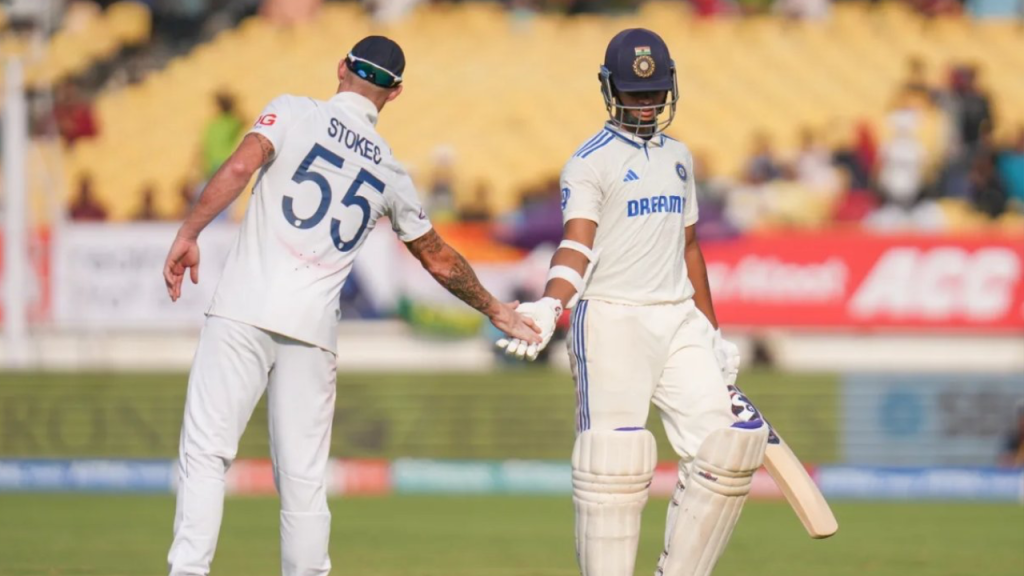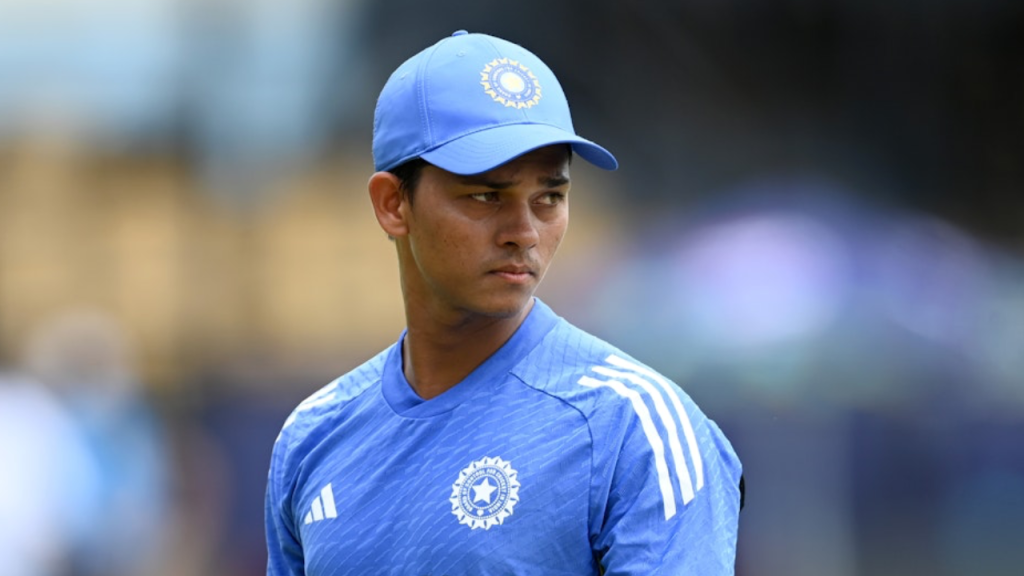In the wake of India’s resounding victory in the first Test against Australia where Jasprit Bumrah led the indian team because Rohit Sharma was not available, the cricketing world is abuzz with anticipation for the second Test in Adelaide, scheduled for December 6th. This match, marked by its unique day-night format with the pink ball, brings not only a change in playing conditions but also strategic shifts in team composition. At the heart of this discussion is KL Rahul’s batting position, a topic that has garnered attention following his stellar performance in the first Test.
Rohit Sharma, who missed the first Test due to the joyous arrival of his baby boy on November 15, has now returned to lead the side. Reflecting on KL Rahul’s batting from his home, Rohit Sharma expressed, “I was watching KL Rahul’s batting from home with my newborn in arms. He played brilliantly, so there is no need to change his position. KL deserves that spot at this point.” This statement not only underscores Rahul’s recent form but also Rohit’s confidence in his teammate’s ability to handle the top order responsibilities.
KL Rahul’s performance in the first Test was nothing short of exemplary. His ability to anchor the innings and then shift gears when necessary showcased a maturity and temperament that are crucial in Test cricket, especially in challenging conditions like those in Australia. His consistency at the top has provided India with a solid foundation, allowing the middle order to play with greater freedom.
Interestingly, Rohit Sharma’s comments also hint at his own potential role in the batting order. With a remarkable record at number 6, where he averages an impressive 54.57, scoring 1037 runs in 25 innings across 16 matches with three centuries and six half-centuries, Rohit Sharma could be the linchpin in the lower middle order. This position not only plays to his strengths but also allows him to leverage his experience and skill in scenarios where the game could be on a knife-edge.
The upcoming Test in Adelaide introduces the pink ball, which traditionally behaves differently under lights, offering swing and seam movement. This could influence batting strategies, with players needing to adapt quickly to the changing conditions. KL Rahul’s position at the top might be even more crucial, given his ability to read the game early and set the tone for the innings. Meanwhile, Rohit at number 6 could be the perfect counter-strategy, providing late-order firepower or the stability needed if early wickets fall.
As India gears up for the second Test, Rohit Sharma’s comments suggest a blend of continuity and strategic adaptation. While KL Rahul’s position seems set, Rohit’s potential role at number 6 could be a masterstroke, leveraging his experience and record at that position. The pink ball Test in Adelaide promises not only a visual spectacle but also a tactical chess game, where every move, including batting positions, could be the key to unlocking victory. The Indian team, under Rohit’s leadership, is poised to continue their winning momentum, with each player’s role potentially pivotal in what could be another historic series win.





